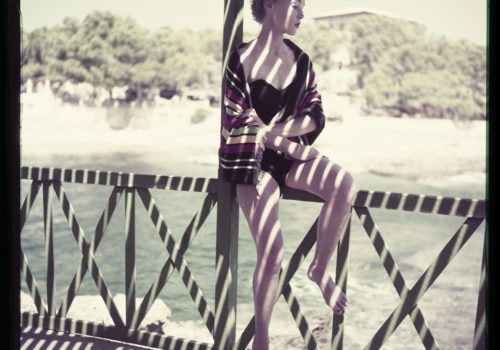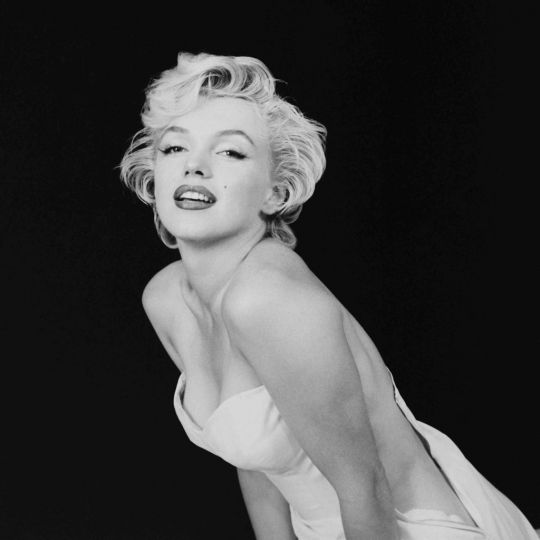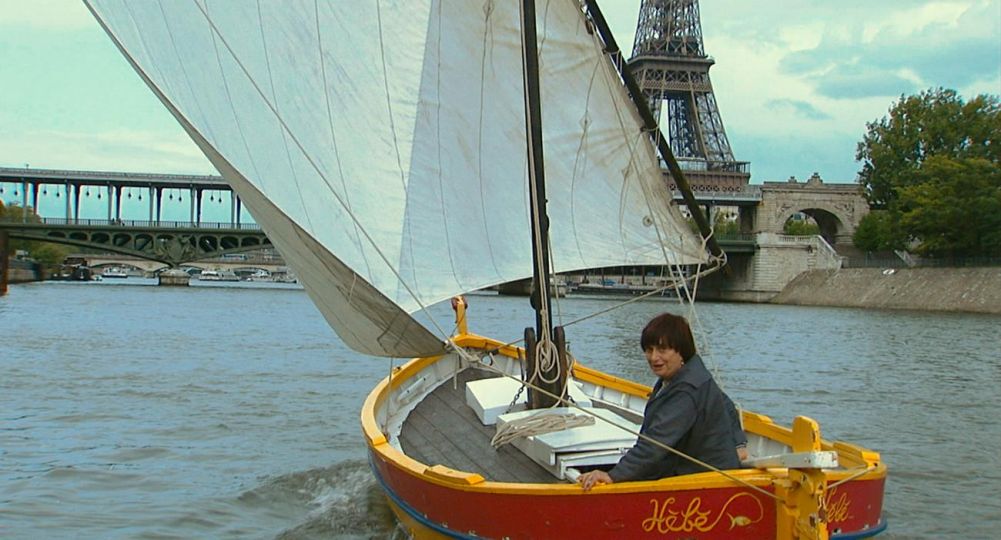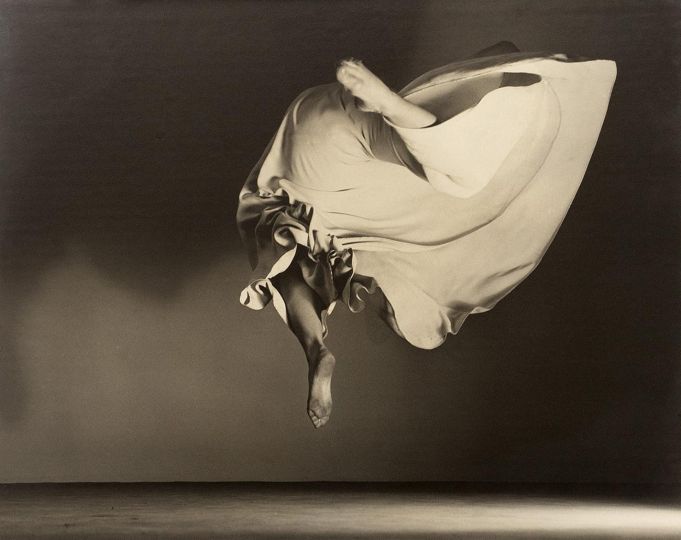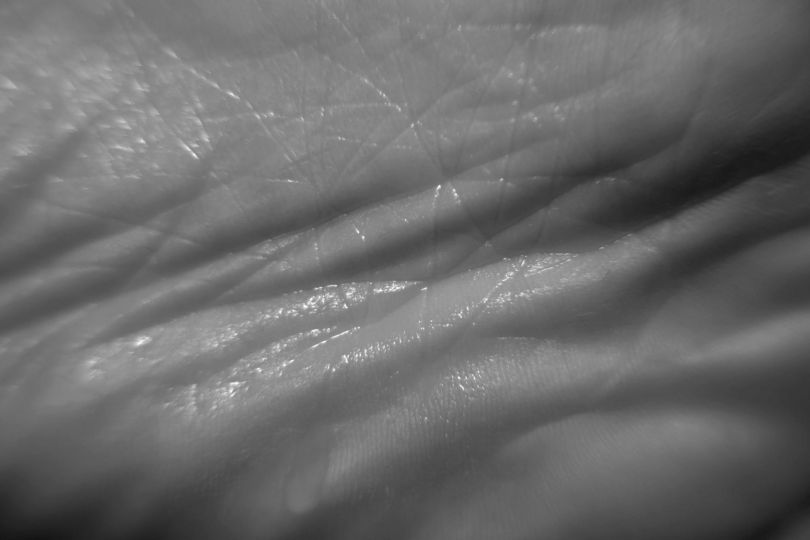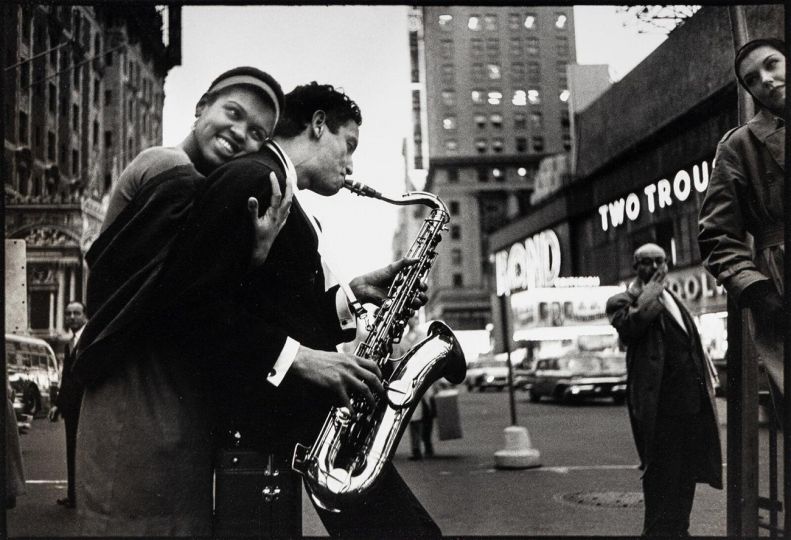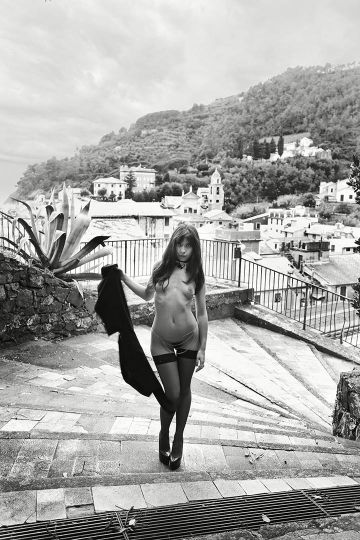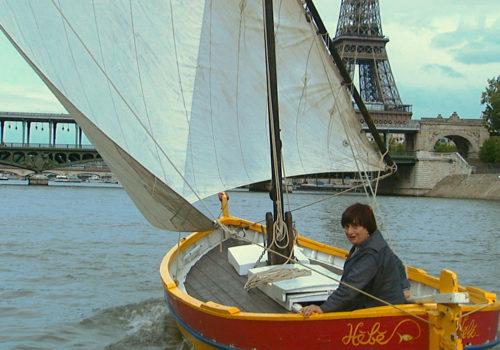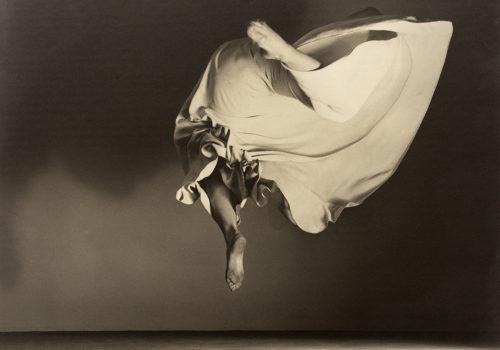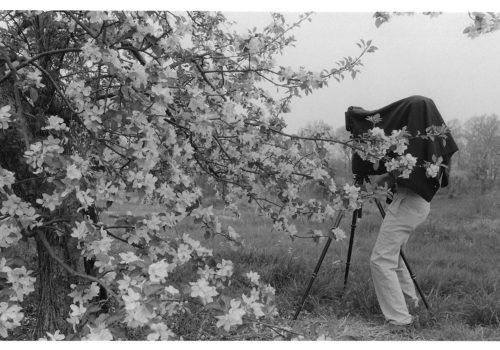Born in New York in 1922, Milton Greene began taking pictures at the early age of 14. Although he was the recipient of a scholarship to the renowned Pratt Institute, a heightened awareness of the photographic image diverted his attention to the camera and its versatility. He soon apprenticed himself to the famous photojournalist and wizard of composition, Elliot Elisofen. Before long, his keen regard for fashion and the camera found him assisting Louise Dahl-Wolfe, the distinguished fashion photographer known for her unique covers and fashion pages for Harper’s Bazaar. At the age of twenty-three, Milton was referred to as “Color Photography’s Wonder Boy.”
The majority of Milton’s work in the Fifties and Sixties appeared in major national publications including Life, Look, Harper’s Bazaar, Town & Country, and Vogue. In fact, Milton Greene, along with other eminent photographers such as Richard Avedon, Cecil Beaton, Irving Penn, and Norman Parkinson, is credited for bringing fashion photography into the realm of fine art.
Although Greene was initially renowned for his high-fashion photography, it is his remarkable portraits of artists, musicians, film, television, and theatrical celebrities, which have become legendary. It was Milton’s ability as a director that enabled him to capture the qualities that best identified the subject’s persona. Thus making each of his pictures an eloquent unique statement, as he converted his remarkable vision into compelling photographic art. As an artist/photographer, Milton believed that people all wanted to look beautiful, elegant and attractive. His gifts were his flawless timing and remarkable ability to create a rapport with his many subjects. Though he was shy in person, Milton was fearless and unafraid to create intimacy between him and his subjects when he was behind a camera.
The range of Milton Greene’s subjects include such people as Marilyn Monroe, Marlene Dietrich, Cary Grant, Doris Day, Audrey Hepburn, Sir Lawrence Olivier, Lauren Bacall, Candice Bergen, Geraldine Chaplin, Mae Britt, Suzy Parker, or Natalie Wood, as well as countless others. But it was his unique friendship, business relationship and ensuing photographs of Marilyn Monroe for which he is most fondly remembered.
Milton first encountered Marilyn Monroe on assignment for Look Magazine, in 1953. They quickly became close friends, and in 1956 formed their own company, Marilyn Monroe Productions, which produced “Bus Stop” and “The Prince and the Showgirl”. Their relationship blossomed from an instant connection shared their first encounter to an endearing and lasting friendship, garnered by the trust they shared in one another. Before marrying Arthur Miller in June of 1956, Greene photographed Monroe in countless sessions and was able to capture some of the most beautiful photographs ever taken including the famous Black Sitting. The Marilyn Monroe collection consists of over 5,800 images, many of which have never been seen.
It was during this time that Marilyn entrusted Greene with her autobiography, simply called “My Story”. It is the combination of the book with the rare and vivid photographs Milton created that evoke the legendary spirit of Marilyn Monroe.
The exhibition Women on view at Arlington Museum of Art includes a wide range of photos, original Polaroid’s, contact sheets and documents showing from the inside the working process followed by Milton Greene. The photographer reveals the way he places his photographic model within the viewfinder of his Rolleiflex, getting closer, changing the distance between them, playing with light and space to give visibility to the actual subject of the image, usually objects rather than individuals.
Milton H. Greene, Women
May 13 – August 6 2017
Arlington Museum of Art
201 W Main St
Arlington, TX 76010
United States
Exhibition produced and organized by diChroma photography and curated by Anne Morin
Web diChroma: www.dichroma-photography.com

